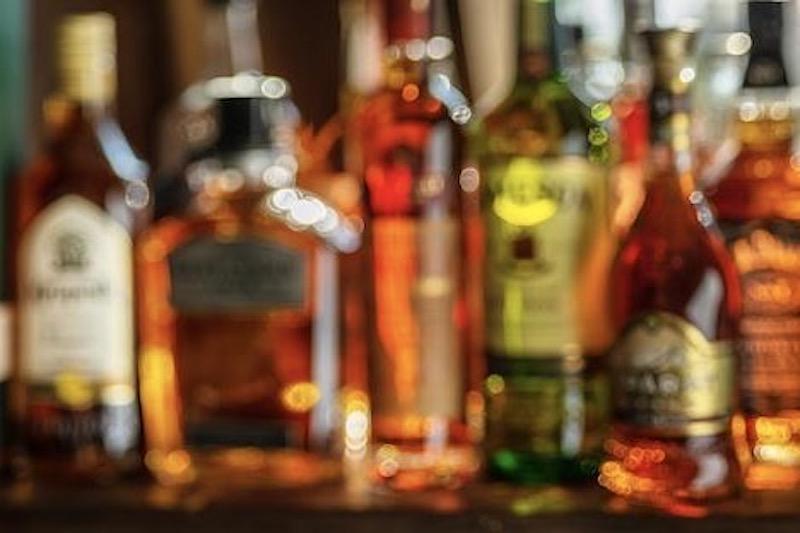Study links male alcohol misuse to mutual partner violence, injury
A new study from Tulane University’s Newcomb Institute has found that male alcohol misuse significantly increases the risk of bidirectional intimate partner violence, or IPV — a pattern of mutual aggression between partners — as well as associated physical injury, underscoring a dangerous but often overlooked dynamic in domestic relationships.
The research, which focused on India, was published this month in the journal Alcohol and Alcoholism. Researchers from Newcomb and the UCLA Fielding School of Public Health, chose India as the site of the study because alcohol bans in several of its states offered comparison studies. Researchers used data from the National Family and Health Survey to analyze IPV trends across Indian states with and without alcohol bans.
While previous research has explored the relationship between alcohol and IPV, this study is the first to clearly link male alcohol misuse to increased volatility, mutual violence and a heightened risk of injury, especially in couples where both partners engage in violent behaviors.
"Our findings show that when alcohol misuse is involved, violence tends to become more mutual, more severe and more likely to cause injury. This changes how we need to think about intervention.”
Anita Raj, Newcomb Institute
“We often think of IPV in one direction, where one partner is the aggressor and the other the victim,” said Anita Raj, senior author on this study and executive director of Newcomb Institute. “But our findings show that when alcohol misuse is involved, violence tends to become more mutual, more severe and more likely to cause injury. This changes how we need to think about intervention.”
It specifically examined the effects of a 2016 alcohol ban in the Indian state of Bihar, comparing outcomes with neighboring Jharkhand which did not enact such a ban. Although the ban contributed to some reductions in alcohol use, it did not significantly reduce IPV or injury rates. Inconsistent enforcement and continued access to illicit alcohol also limited the ban’s effectiveness.
“Prohibition policies alone cannot solve the problem,” said K.S. James, co-author of the study and senior fellow at Newcomb Institute. “To reduce violence, we must address the social and gender norms that allow it to thrive, even in the absence of alcohol.”
The results, which researchers believe likely reflect global trends, also revealed that women’s empowerment was associated with higher rates of bidirectional IPV, suggesting a possible male backlash in contexts with rigid patriarchal norms. The researchers caution against viewing alcohol misuse as the sole driver of IPV. Rather, it often intersects with entrenched gender expectations, control and expressions of masculinity.
The study calls for a multifaceted policy response: combining substance abuse prevention, gender norm transformation and relationship counseling. The authors also emphasize the need for longitudinal research to better understand how alcohol misuse and social change together influence domestic violence over time.

